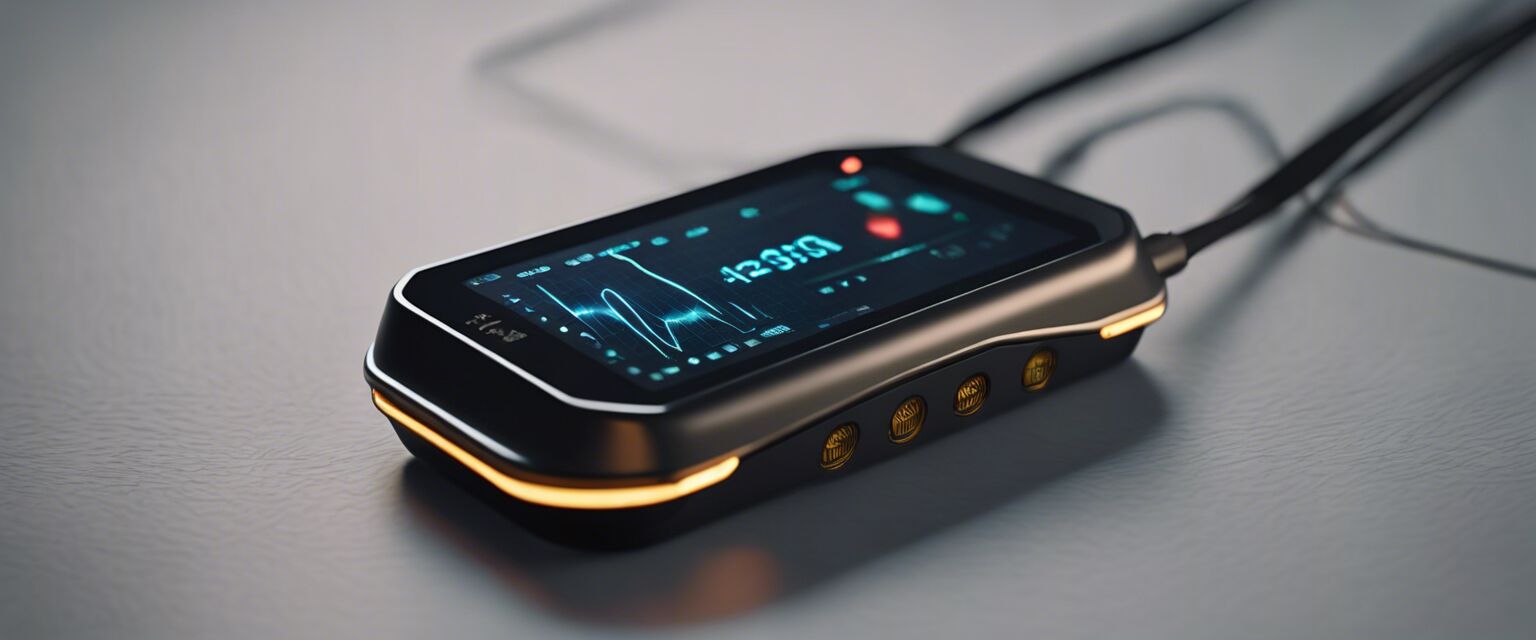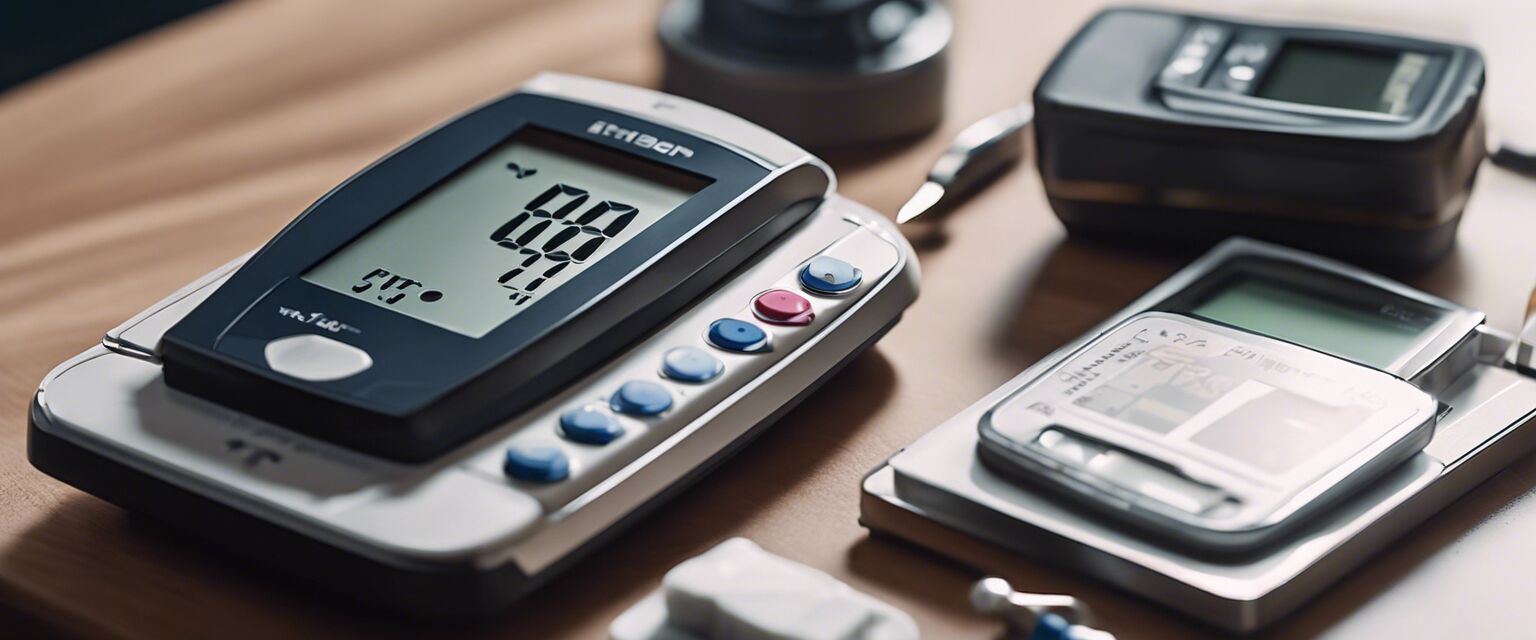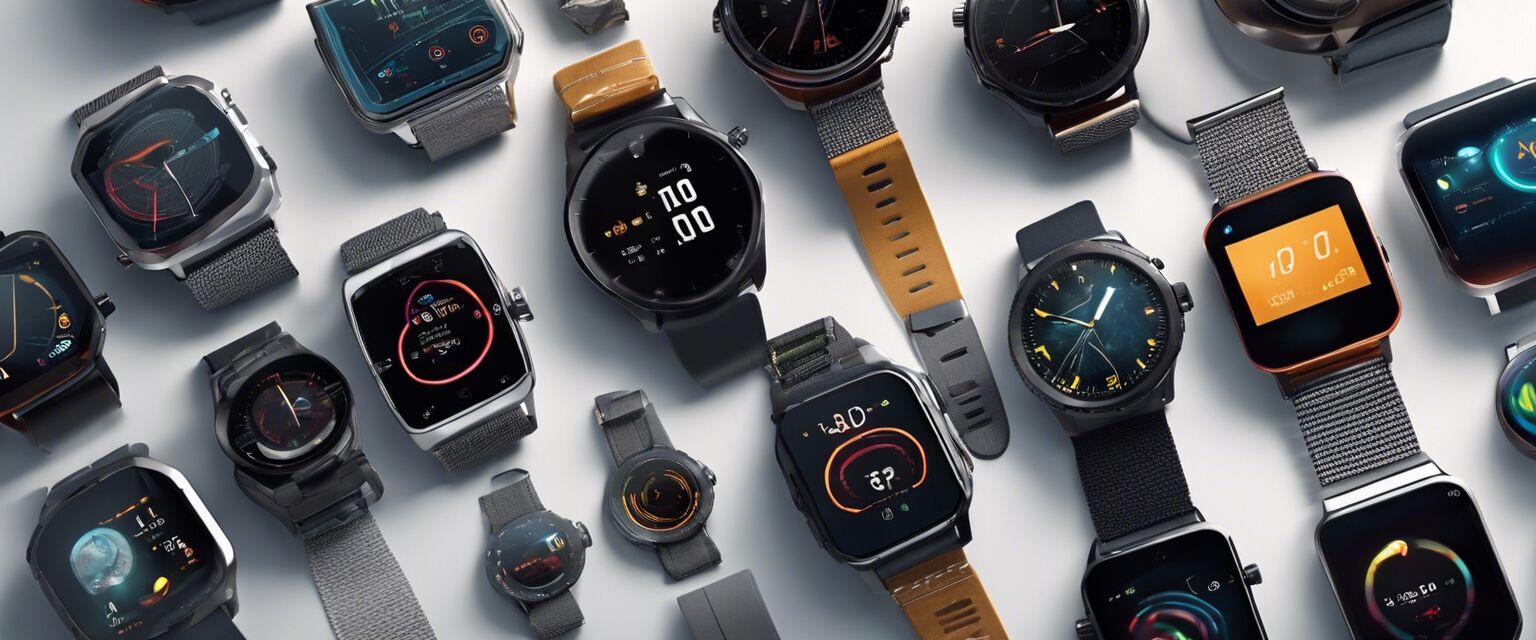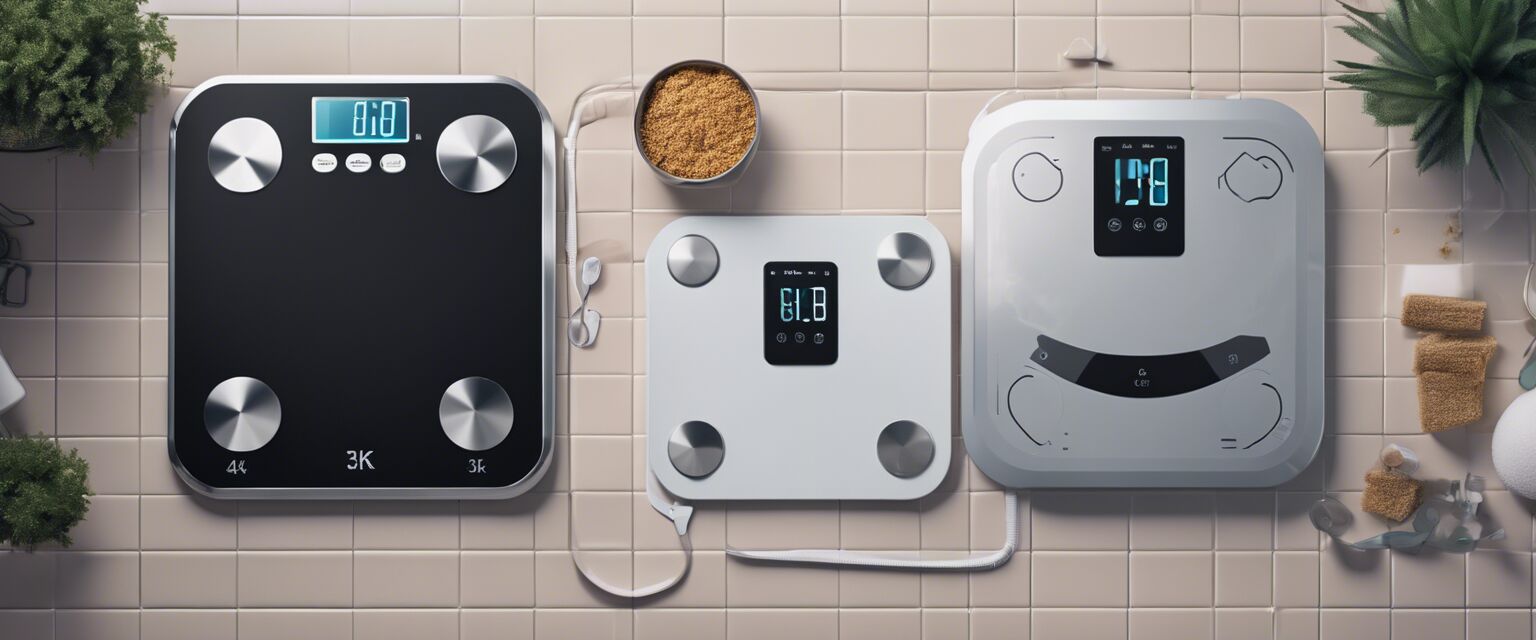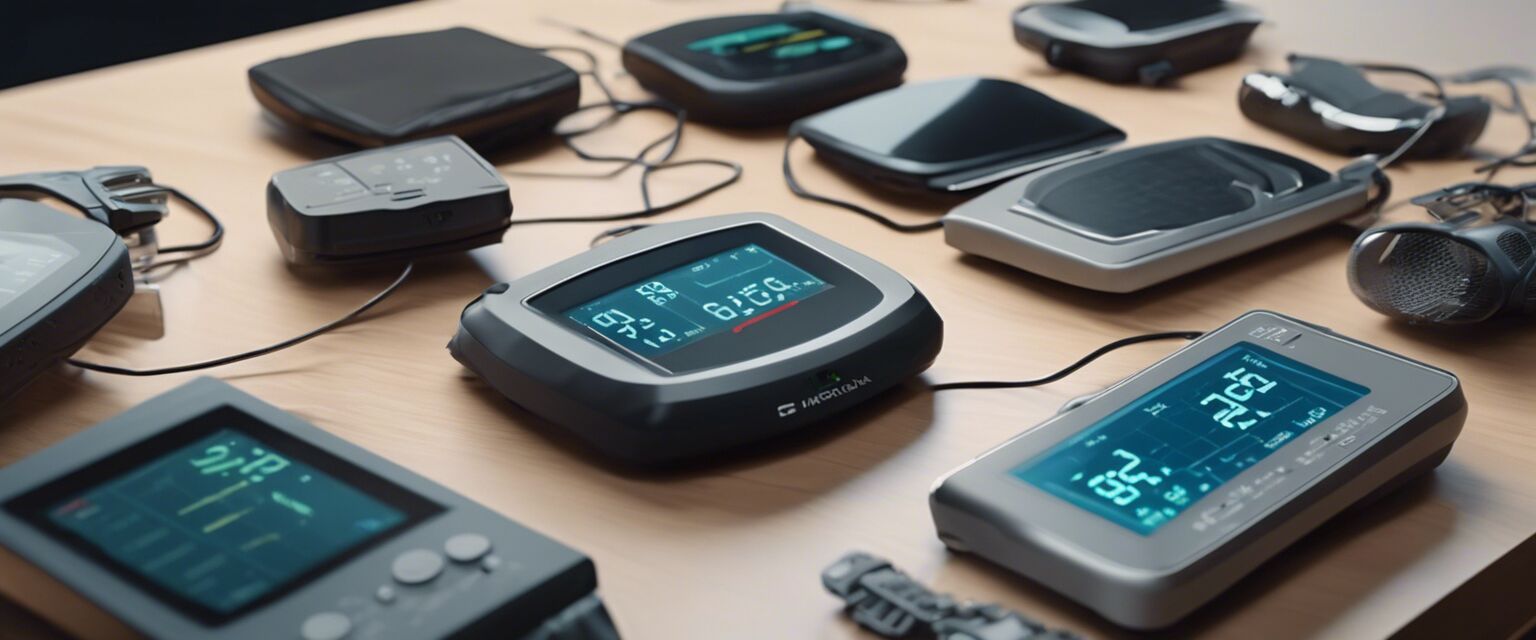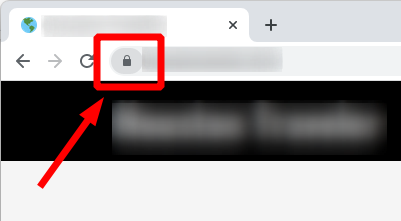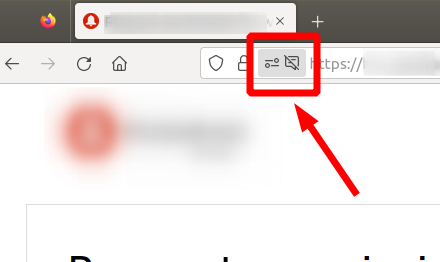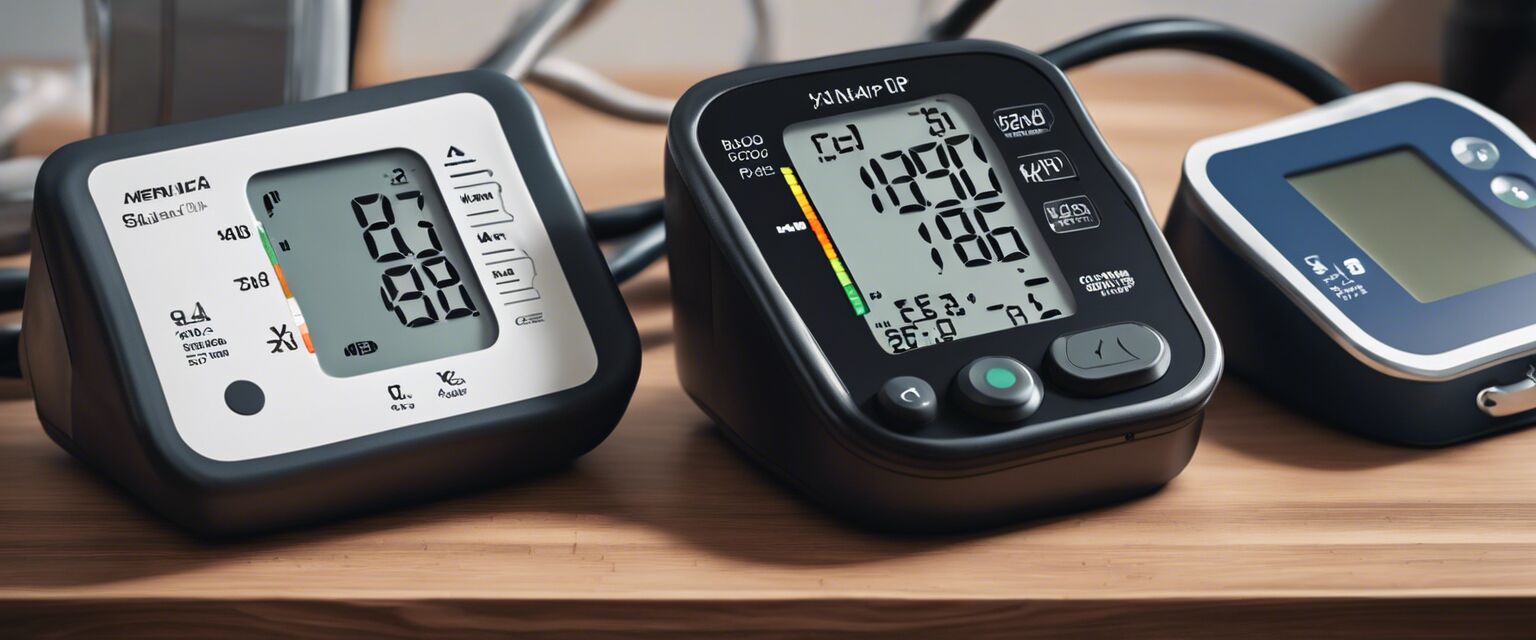
Blood Pressure Monitors
Key Takeaways
- Blood pressure monitors are essential for tracking cardiovascular health.
- Choosing between manual and automatic monitors can influence ease of use.
- Regular monitoring can help identify changes in your cardiovascular health.
Blood pressure monitors are vital tools for individuals who wish to keep track of their cardiovascular health at home. Whether you're managing your blood pressure on your own or following a doctor's advice, these devices make it easy to get vital health information without visits to the clinic. This guide will provide insights into various types of monitors, how to choose the best one, and tips for effective monitoring.
Types of Blood Pressure Monitors
| Type | Description | Pros | Cons |
|---|---|---|---|
| Automatic Digital | Easy to use, measures blood pressure with the push of a button. |
|
|
| Manual | Requires a stethoscope and a bit more skill to measure. |
|
|
| Wrist Monitors | Compact and easy to carry, perfect for travel. |
|
|
Choosing the Right Blood Pressure Monitor
Selecting a blood pressure monitor can be overwhelming, given the variety you can find in the market. Here are key factors to consider:
- Accuracy: Check reviews and certifications to ensure the device meets clinical standards.
- Display: A clear and easy-to-read screen will help you interpret measurements easily.
- Size: Ensure the cuff fits your arm size properly for accurate readings.
- Features: Consider additional features like memory storage, averaging readings, or Bluetooth connectivity.
How to Use a Blood Pressure Monitor
Hereâs a step-by-step guide to help you get accurate readings:
- Sit in a comfortable position with your back supported.
- Rest for at least 5 minutes before taking a reading.
- Place the cuff on your arm, about an inch above the elbow.
- Press the start button on your automatic monitor or use your stethoscope for manual models.
- Remove the cuff and record the reading when complete.
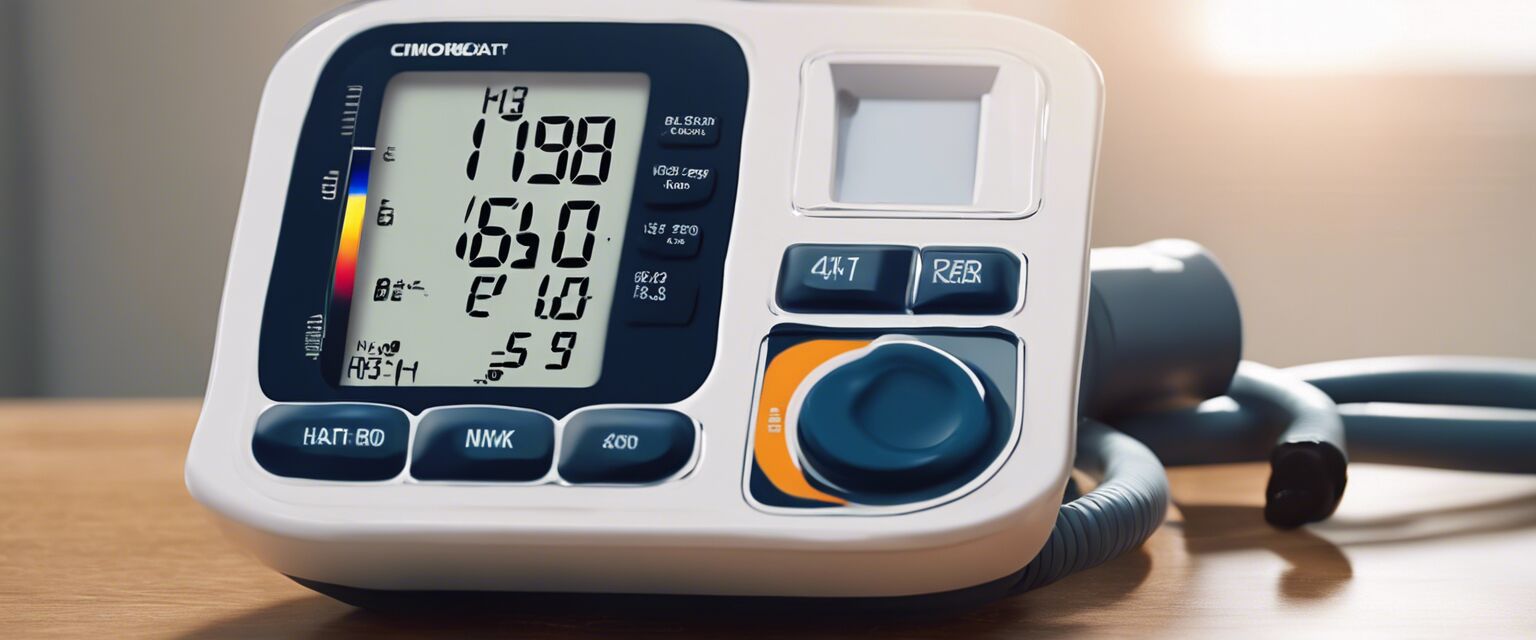
Maintaining Your Blood Pressure Monitor
To ensure accuracy over time, it's essential to maintain your blood pressure monitor. Follow these tips:
- Keep the monitor clean and store it in a cool, dry place.
- Regularly check the batteries and replace them as needed.
- Follow the manufacturer's guidelines for calibration and maintenance.
Understanding Blood Pressure Readings
Blood pressure readings are expressed with two numbers:
- Systolic: The pressure in your arteries when your heart beats.
- Diastolic: The pressure in your arteries when your heart rests between beats.
A typical reading is formatted as systolic over diastolic (e.g., 120/80 mmHg). Hereâs how to interpret these readings:
| Category | Systolic (mmHg) | Diastolic (mmHg) |
|---|---|---|
| Normal | Less than 120 | Less than 80 |
| Elevated | 120-129 | Less than 80 |
| Hypertension Stage 1 | 130-139 | 80-89 |
| Hypertension Stage 2 | 140 or higher | 90 or higher |
Pros
- Easy home health monitoring
- Quick and accurate readings
- Helps maintain awareness of health fluctuations
Cons
- Can be expensive for high-quality models
- Requires proper usage for accurate results
- Some models may be difficult to operate for seniors
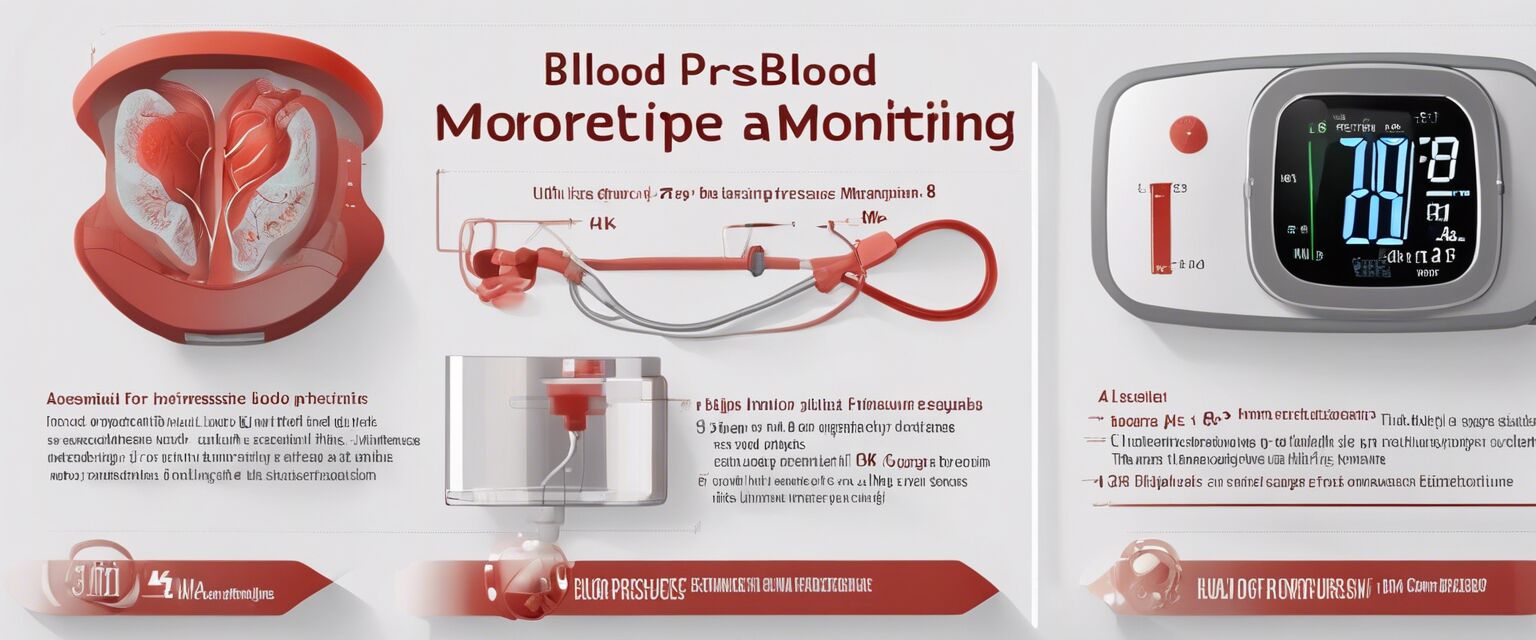
Additional Resources
For further information, check out these related articles:
- Explore various blood pressure monitors
- Learn about body composition scales
- Discover fitness trackers for better health
- Information on glucose monitors
- Check out pulse oximeters
Conclusion
Blood pressure monitors are important for anyone looking to maintain their health at home. With advances in technology, these devices have become increasingly accessible and easy to use. Whether you choose an automatic model or a manual one, being informed and prepared will help you achieve the best results in monitoring your blood pressure.
